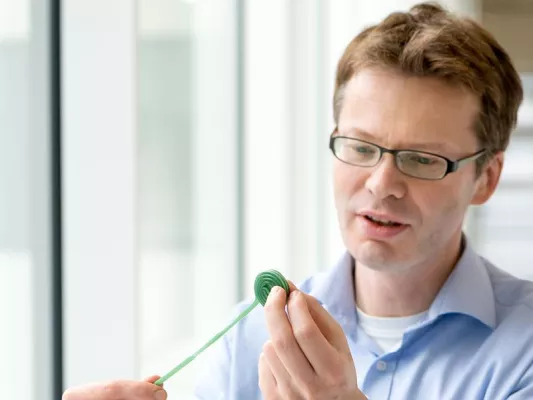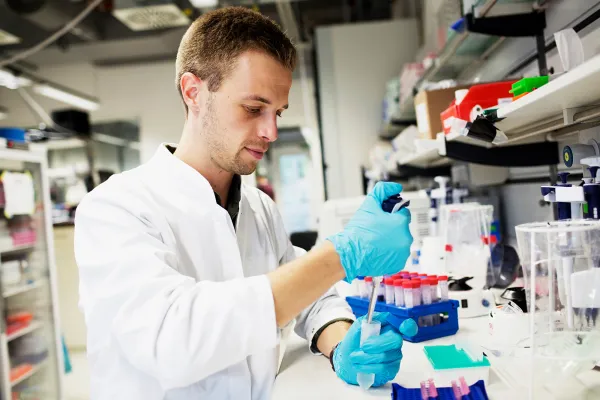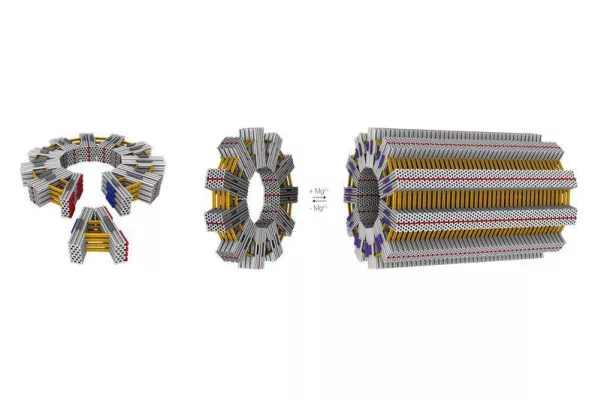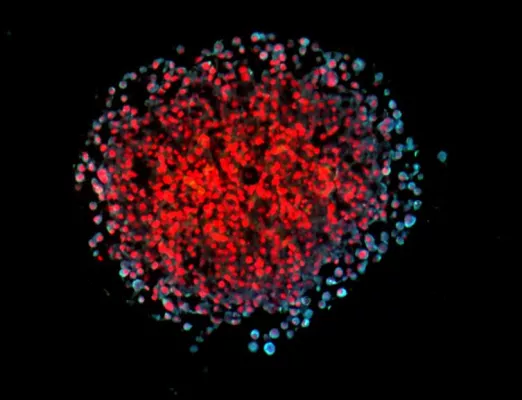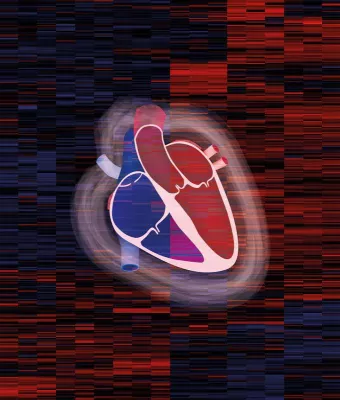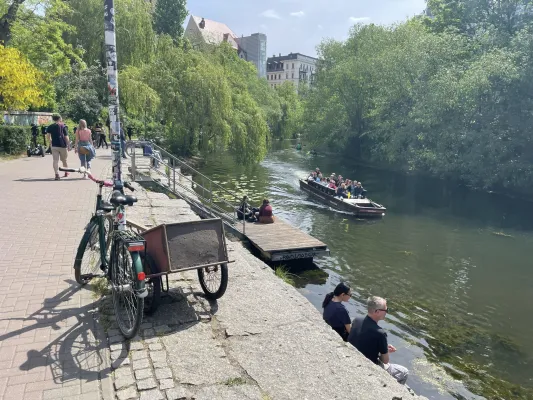(openPR) The “Leonardo da Vinci Center for Bionics” was established over a decade ago at the Technical University of Munich (TUM). Since then, the cross-faculty research platform has been promoting the technical development of operating principles that nature concocted in the evolutionary process: The creative potential in the “Test Laboratory of Nature” is translated into technical solutions. For example, the Multi-Arm Snake-Like Manipulator-System was developed at the Department of Microtechnology and an intelligent building shell arose in the architectural department. The new head of the Bionics Center is now Professor Harald Luksch.
---
“Bionics finds solutions in areas where they are not expected,” says Professor Harald Luksch from the Department of Zoology, who has now taken over the management of Leonardo. It is fortunate that this “thinking outside the box” is actively promoted at TUM. “In particular, a technical university like ours which focuses so strongly on research is well-advised to use the creative potential of nature in its own right.”
The first ten years included projects such as the Multi-Arm Snake-Like Manipulator-System, which mimics the movement of snakes, funded by Leonardo and developed at the Department of Microtechnology and Medical Device Technology: It follows the natural path through the body like a snake through the mouth, larynx, and esophagus to the stomach – there are micro-instruments for use in gastroenterology as well as ENT surgery installed on its end.
The tulip blossom was the model for an intelligent building shell, whose interior and exterior grow at drastically different rates. The Chair of Technology and Design of shell constructions (architecture) is responsible for the prototype of a self-sufficient sun protection system; it prevents a building from heating up, as it can diffuse light and low-energy radiation into the interior.
Bionics: Not copying nature, but rather learning from it
These two examples of new models for technical solutions sound plausible and logical. “The eureka effect during a discovery is always great,” says Professor Luksch in Weihenstephan – “but then it takes infinitely more basic research to turn the inspiration into a usable product.”
Leonardo’s interdisciplinary teaching platform is the bionics lecture series, which has 200 loyal listeners. There, the research approaches from different disciplines are presented. “We also invite development managers from companies in order to create incentives for industrial research and to work against their own corporate blinkers,” Leonardo director Luksch explains. In addition to this lecture for all students, there is a lecture with accompanying exercises in the Engineering degree course at the Munich School of Engineering (MSE).
“Illustrating the value and challenges of bionics for technology is my goal and mission,” says Luksch. Bionics won’t suddenly create new products. But it does have the potential to generate the revolutionary innovations of tomorrow.”
The bionics center will continue to be financed with funds from the TUM. “Nature’s biological function and work schedule is the most creative source for technical solutions, even if conventional technology disciplines have yet to notice it,” says TUM President Herrmann. “The biologization of the engineering world is the future. Every euro put into research for this purpose is worth it.”
Contact:
Prof. Dr. Harald Luksch
Technical University of Munich
Chair of Zoology
Tel: +49 (8161) 71 - 2800
E-Mail:
Weitere Informationen:
- http://www.bionik.tum.de/index.php?id=2 Website of the Bionic-Center
Quelle: idw


